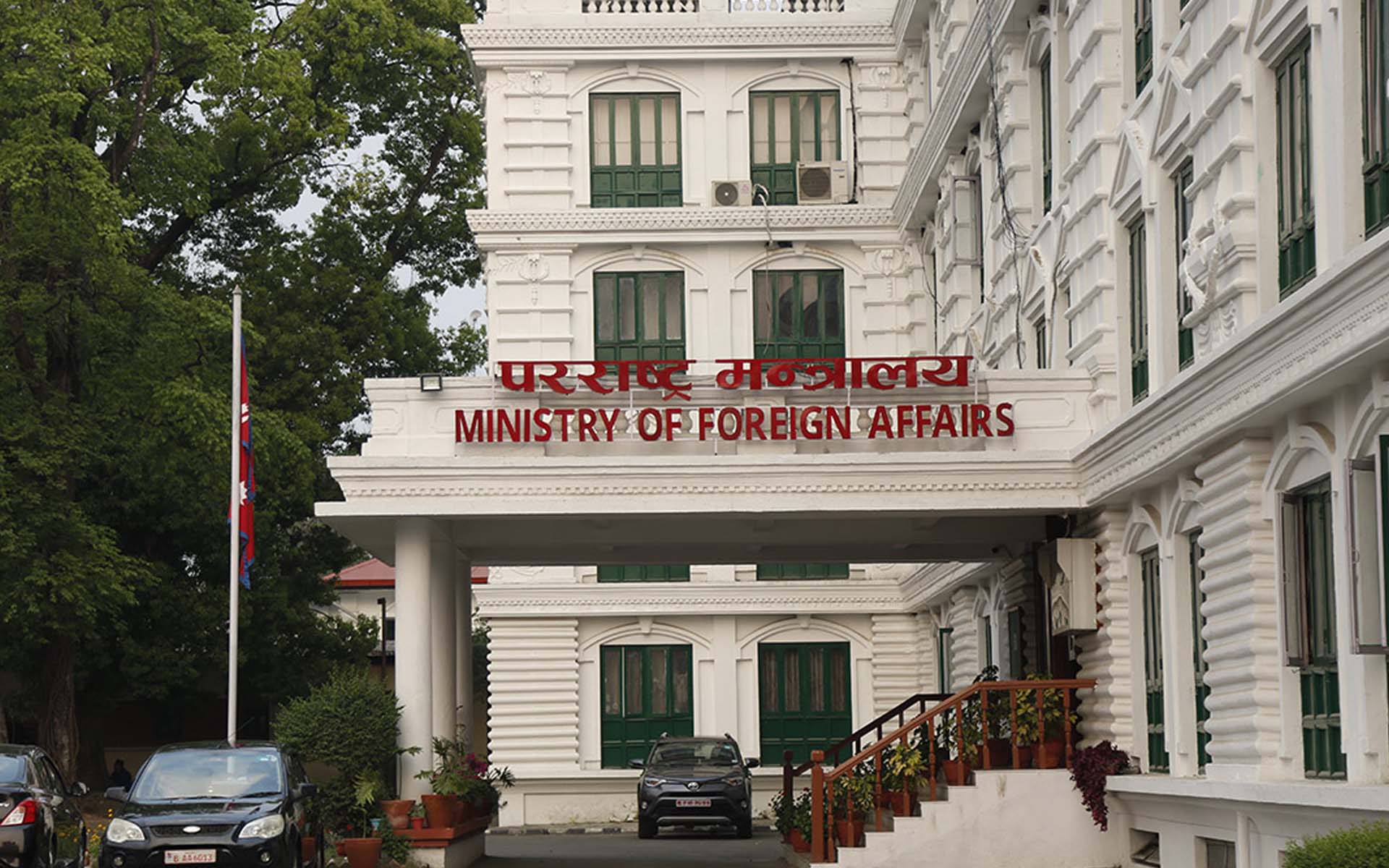
Kathmandu: After the border agreement between New Delhi and Beijing to open the Lipulekh trade route, Kathmandu has expressed objections. Nepal’s Ministry of Foreign Affairs (MoFA) issued a statement objecting to any activities in the area. Responding to media queries, the statement reiterated that the Kalapani region is an integral part of Nepal.
“The Constitution of Nepal has already incorporated Nepal’s official map, which clearly establishes that Limpiyadhura, Lipulekh, and Kalapani, located to the east of the Mahakali River, are integral parts of Nepal,” the MoFA said in a statement on August 20.
The MoFA added that Nepal has consistently urged the Government of India not to undertake activities such as road construction, expansion, or cross-border trade in the area. “The Government of Nepal has also duly informed our friendly neighbour, China, that the said area falls within Nepali territory,” the statement read.
“In accordance with the spirit and sentiment of the close and friendly relations existing between Nepal and India, the Government of Nepal has remained committed to resolving the boundary problem between the two countries through diplomatic means, on the basis of historical treaties and agreements, facts, maps, and evidence.”
During Chinese Foreign Minister Wang Yi’s visit to India on August 18 and 19, India and China reached an agreement to reopen the historic Lipulekh Pass. The two countries had earlier agreed to open the pass for trade during Indian Prime Minister Narendra Modi’s visit to China in 2015, but it was shut after clashes in the border area of Ladakh in 2020. Moreover, India and China agreed to reopen the border point for pilgrims visiting Kailash Mansarovar without notifying Nepal.
In separate statements after the meeting, both India and China confirmed that they had agreed to open three border passes — Lipulekh Pass, Shipki La Pass in Himachal, and Nathu La Pass in Sikkim — for trade-related activities.